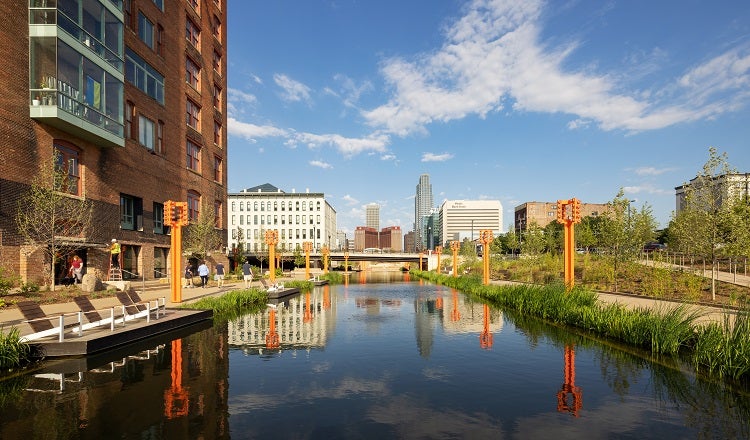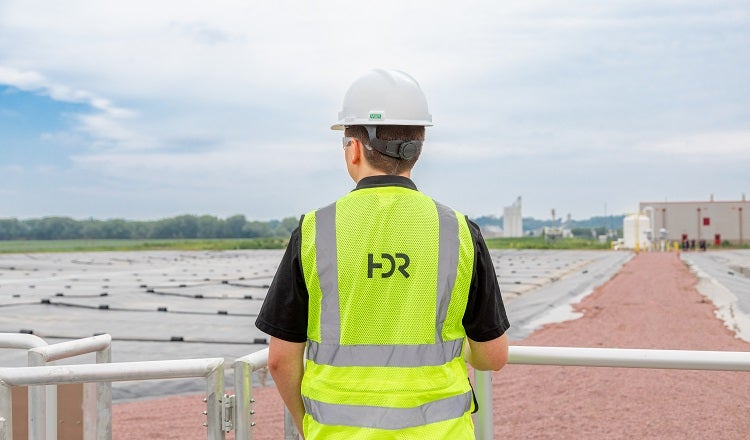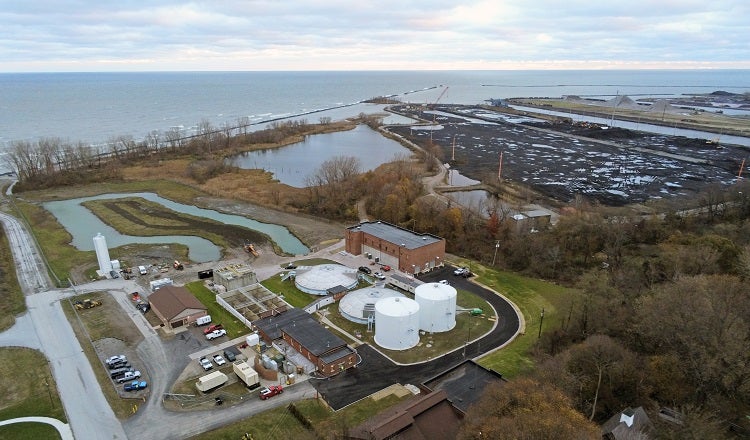HDR Earns 3 AAEES Excellence in Environmental Engineering and Science Awards
Three HDR projects received 2024 Excellence in Environmental Engineering and Science™ Awards from the American Academy of Environmental Engineering & Scientists.
The E3S Awards Competition recognizes the best of today’s environmental engineering and science. The criteria used to award these projects include a holistic perspective, innovation, proven performance and customer satisfaction, and contribution to an improved quality of life and economic efficiency.
The RiverFront Revitalization, Omaha: Grand Prize, Environmental Sustainability

The Omaha RiverFront Revitalization Project is designed to revive 72 acres of urban parkland along the Missouri River and includes the transformation of three under-utilized parks into new local and regional destinations: Gene Leahy Mall, Heartland of America, and Lewis and Clark Landing. The RiverFront Revitalization will make the river more accessible to the community while also providing welcoming outdoor spaces and fostering critical connections within the city.
South Sioux City Wastewater Treatment Plant: Grand Prize, Industrial Waste Practice

In late 2019, South Sioux City chose to build its own new wastewater treatment facility. After completing a feasibility study to determine treatment options, a greenfield plant with covered anaerobic lagoons was built followed by aerobic granular sludge, also known as AGS. This first-of-its-kind treatment approach in Nebraska and one of the few in the U.S. is economical and energy-efficient. The new facility is flexible and scalable, offering options for future nutrient removal, planned integration and future industrial growth.
Ashtabula Water Treatment Plant: Honor Award, Design

The $14 million Ashtabula WTP Reconstruction project upgraded the facility’s filtration process with new equipment and a fully integrated automation/control system. Most notably, it also included the construction of a new flocculation-sedimentation building with state-of-the-art inclined plate settlers, first in Ohio, further improving the water quality of an already high-performing WTP and positioning the facility to meet future needs.



